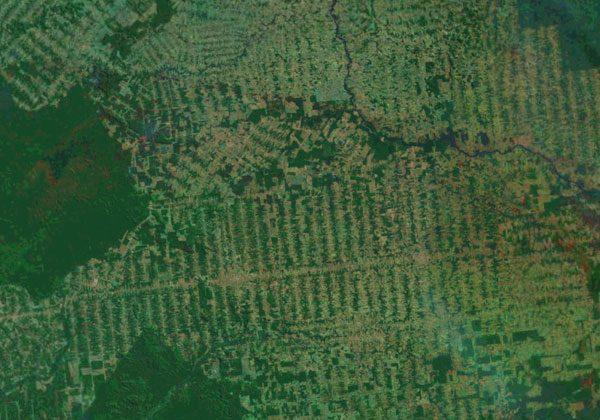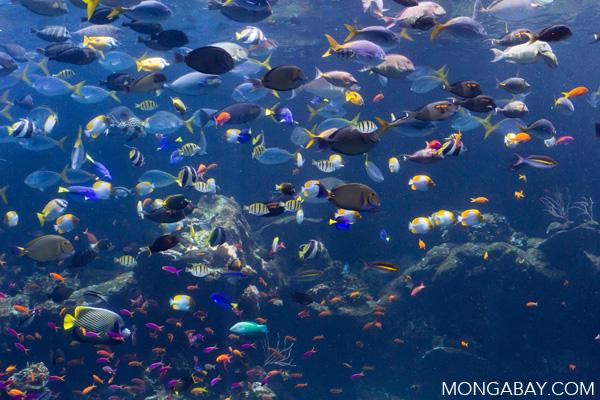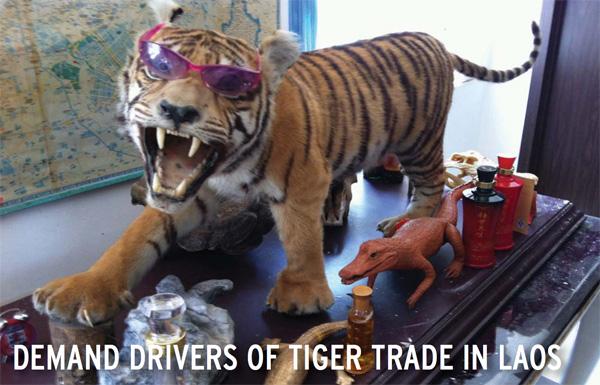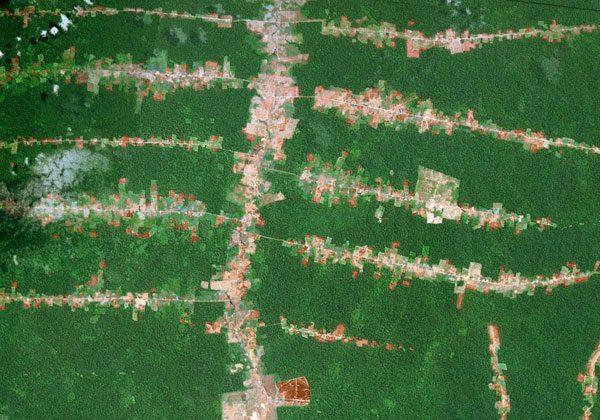With scientists rapidly adopting and using a range of remote sensing tools for monitoring environmental change, tracking wildlife and measuring biological processes, conservation needs to scale up networking capabilities to maximize the potential of this technological revolution, argues a commentary published in the journal Science.
NASA’s Woody Turner breaks sensing technologies into two scales: remote sensing platforms like satellites and airplanes, and in-situ devices like camera traps, drones, phones, tags, and sensors.
“Remote sensing involves a wide array of tools and techniques on orbiting satellites and flying aircraft,” he writes. “It enables directly observing large-scale ecosystems and large organisms, depicting the broader environmental context for biodiversity, tracking climatic and other drivers of biodiversity change (often for use in ecological models), and making consistent observations across time and space for biodiversity monitoring.”
“Remote sensing is increasingly complemented by in situ sensing with cameras on stationary objects or small drones, sound recorders, cell phones, electronic tags, and fragments of genetic material sampled directly from the environment.”
Turner says conservation effort would benefit from increased coordination between remote sensing and in situ approaches. But this isn’t a simple undertaking.
“The data from satellites, aircraft, and in situ sensors cover a vast range of spatial scales. Use of these sensing data in concert requires sophisticated networking and geostatistical analysis to fill gaps between fine-scale organismal or genetic observations and ecosystem-scale observations. Similar networks are necessary to tie biodiversity observations to data on broader environmental drivers of change,” he writes.
“Scale is not the only issue. The multitude of sensor types used to measure elements of biodiversity even at the same spatial scale further complicates networking, as does the integration of information from models. All observations and models come with their individual uncertainties, which must be addressed by any networking framework.”
Turner notes that initiatives to coordinate data collection and monitoring across various scales are currently in their infancy, but nonetheless moving forward. He points to the National Ecological Observatory Network (NEON), a program being developed by the United States to collect environmental data across 20 “eco-climatic domains”, as well as an international program under the Group on Earth Observations (GEO).
“The international Group on Earth Observations (GEO) partnership, particularly its global Biodiversity Observation Network (GEO BON), is a first attempt by national governments to jointly coordinate satellite, airborne, and in situ observations across biodiversity elements through genes, species, and ecosystems,” he writes. “This effort is crucial for meeting governments’ obligations to assess national biodiversity under the Convention on Biological Diversity and the Intergovernmental Platform on Biodiversity and Ecosystem Services.”
CITATION: Woody Turner. Sensing biodiversity. SCIENCE 17 OCTOBER 2014. VOL 346 ISSUE 6207
This article was originally written and published by news.mongabay.com. For the original article and more information, please click HERE.




